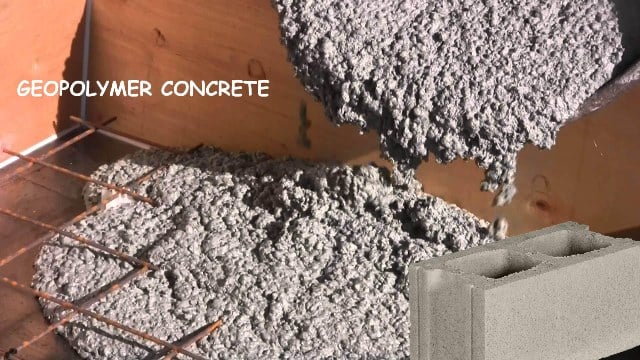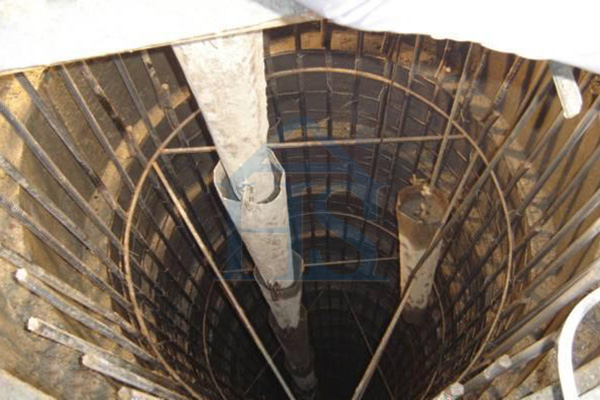Introduction to Geopolymer Concrete
Geopolymer concrete is a revolutionary material in the construction industry that offers numerous advantages over traditional Portland cement-based concrete. It is an eco-friendly alternative, produced by using industrial waste such as fly ash or slag. This concrete is not only resistant to various chemicals but also exhibits excellent mechanical properties. However, the strength and durability of geopolymer concrete largely depend on the type and proportion of the ingredients used. One such critical ingredient is silica fume.
Understanding Silica Fume
Silica fume, also known as microsilica, is a byproduct of producing silicon metal or ferrosilicon alloys. It is a highly reactive pozzolanic material used in enhancing the properties of concrete. Silica fume particles are extremely fine — about 100 times smaller than cement grains — enabling them to fill in the spaces between cement particles, leading to a denser material. These properties make it an essential ingredient in the formation of high-strength, durable geopolymer concrete.
Role of Silica Fume in Geopolymer Concrete
Silica fume plays a significant role in the production of geopolymer concrete. It acts as a micro filler and a reactive raw material, which contributes to the strength and durability of the concrete. The ultrafine particles of silica fume react with the alkaline solution to form a geopolymer binder, replacing the use of cement. This reaction also contributes to the densification of the microstructure of the concrete, reducing the permeability and increasing the overall durability.
Benefits of Using Silica Fume in Geopolymer Concrete
- Improved Strength: The inclusion of silica fume in geopolymer concrete significantly enhances its compressive strength. This is due to the formation of additional C-S-H (calcium silicate hydrate) phases, which are the primary strength-giving compounds in concrete.
- Increased Durability: Silica fume contributes to the durability of geopolymer concrete by reducing its permeability, thus making it more resistant to chemical attacks and weathering.
- Sustainability: Silica fume is a byproduct of the silicon industry, so its use in concrete production helps in waste management and promotes sustainability in construction.
Practical Applications of Silica Fume in Geopolymer Concrete
Silica fume-enhanced geopolymer concrete has demonstrated immense potential in numerous construction applications due to its superior mechanical properties and durability. Here are some of the most common practical applications:
- Precast Concrete Elements: Silica fume geopolymer concrete is extensively used in the production of precast concrete elements due to its high early strength. This characteristic allows for faster demoulding and an increased rate of production, making it an ideal choice for precast concrete manufacturing.
- Bridges and Highways: High-performance geopolymer concrete with silica fume is frequently used in infrastructure projects such as bridges and highways. Its exceptional strength and durability make it capable of withstanding heavy traffic loads and harsh environmental conditions. In addition, the use of this concrete contributes to longer service life and reduced maintenance costs.
- Marine and Acidic Environments: Silica fume geopolymer concrete exhibits high resistance to chemical attacks, making it suitable for applications in marine environments and industries dealing with acidic substances. This type of concrete has been used in the construction of seawalls, jetties, and even chemical plants where exposure to aggressive chemical agents is common.
- High-Temperature Applications: The heat-resistant properties of silica fume geopolymer concrete make it an excellent material for applications that involve high temperatures. It has been used in the construction of industrial floors, kiln linings, and fire-resistant structures.
- Radiation Shielding: Given its high density and excellent structural properties, silica fume geopolymer concrete has been proposed for use in radiation shielding applications. The incorporation of silica fume enhances the radiation absorption capacity of the concrete, making it suitable for constructing nuclear power plants and medical facilities dealing with radiation therapy.
- Repair and Rehabilitation: The high bonding strength and rapid strength gain of silica fume geopolymer concrete make it a preferred choice for repair and rehabilitation works. It is used for restoring damaged concrete structures, patching up cracks, and making overlays on existing concrete surfaces.
In conclusion, the use of silica fume in geopolymer concrete has opened up new possibilities in the construction industry. Its superior properties and versatility make it a promising material for a wide range of applications, contributing towards more sustainable and durable construction practices.
Conclusion
Silica fume plays a pivotal role in enhancing the properties of geopolymer concrete. Its inclusion not only boosts the strength and durability of the concrete but also promotes sustainability in the construction industry. As we strive towards greener construction practices, materials like silica fume-enhanced geopolymer concrete will undoubtedly play an increasingly significant role.





